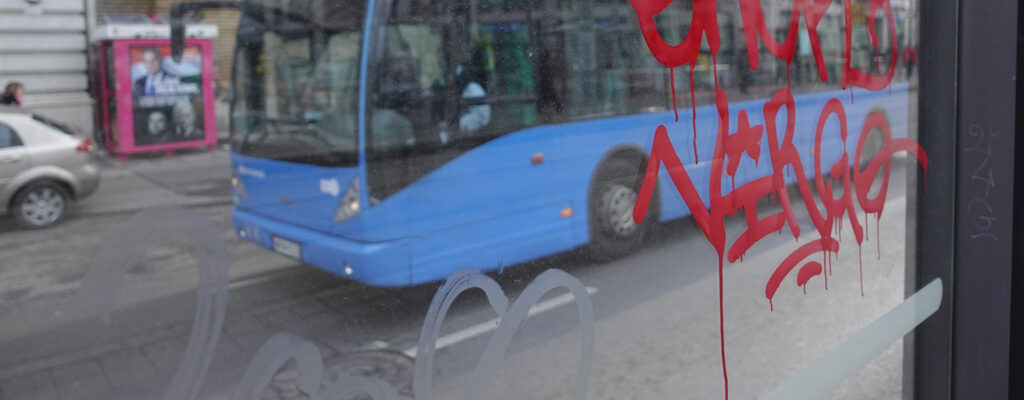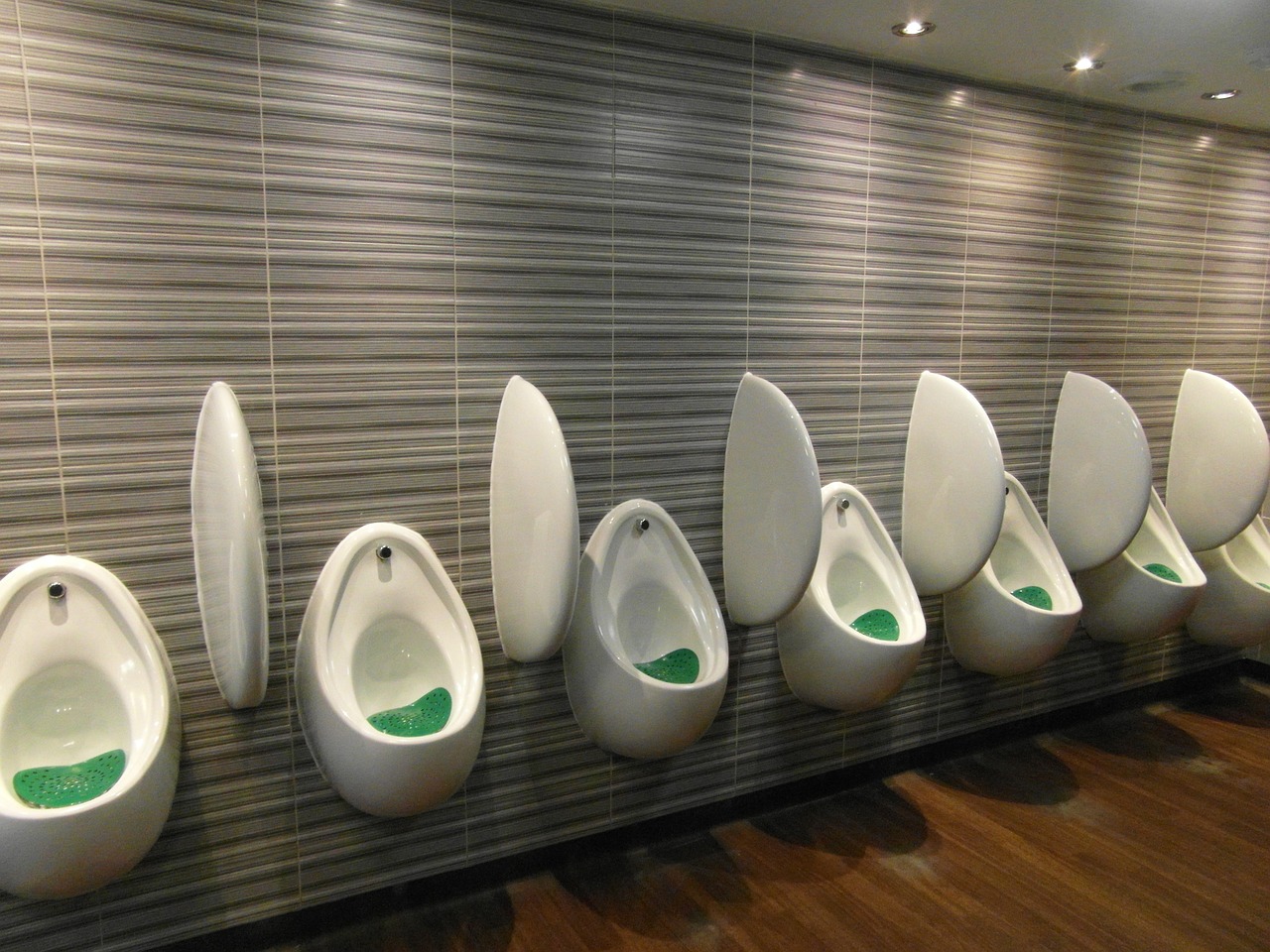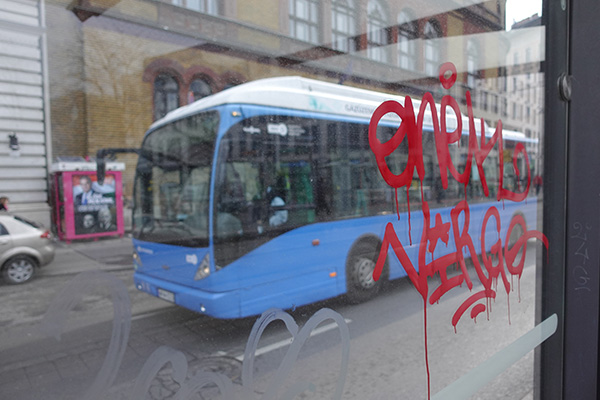Graffiti is an extremely divisive issue, with many communities having completely opposing views.
Some see it as a form of artistic expression, which adds artistry to communal spaces. However, others view it as a serious form of vandalism, which damages buildings and harms communities.
Navigating all these different viewpoints, we’ve used this blog post to explore the impact of graffiti on local communities.
Keep reading to find our summary of the impact that graffiti can have on local communities, and its social, financial and safety implications.
Background and History
The practice of drawing on buildings or publicly-available objects is as old as society itself. Examples of graffiti can be seen as far back as ancient Egypt, Greece, and Rome, with some of the most famous early graffiti examples being those in Pompeii. Interestingly, these surviving pieces of graffiti were key to giving historians insights into how these people lived.
The origins of graffiti as we know it today date back to 1960s New York and Philadelphia. Here, it emerged as a completely original art form, and a new form of social expression.
However, by the 1980s, graffiti had been adopted by gangs, and was being commonly used for marking territory.
This parallels the two different sides of graffiti that have emerged, which can still be seen today. To better understand the types of graffiti, we can split them into two different groups: tagging and graffiti artwork.
Tagging is graffiti that is either meaningless scribbling or vandalism, and also encompasses graffiti that has been created by gangs.
Graffiti artwork is graffiti that possesses artistry and quality, and it often carries social messages. World-renowned examples include the graffiti created by Banksy, an artist whose work sells for millions; was named as one of Time magazine’s 100 most influential people; and who was even nominated for an Oscar.

Social Impact
In the majority of cases, these two types of graffiti have completely polarising impacts on the local community.
Public opinion can vary across all forms of graffiti, but usually, high-quality, community-focused graffiti is more accepted. In some instances, graffiti can actually help to make an area more aesthetically pleasing, or speak to the community’s personality.
However, tagging is almost universally disliked, and can significantly impact the local area. Not only does tagging look very unpleasant, but it can also make the community feel frustrated and severed.
While graffiti artwork is a form of expression, which can embody a community voice, tagging is a particularly disruptive form of vandalism, which (as it is widely linked to gang activity) can make a community feel very unsettled.
Financial Impact
It’s important to note that graffiti removal is often an extremely costly process. In fact, London alone spends over £100 million on graffiti issues every single year.
So, this represents a major cost to taxpayers, and a frustrating drain on resources for communities across the country.
However, it is often difficult for local authorities to manage graffiti and penalise offenders. This is due to low reporting and conviction rates, which make enforcement rarely possible. As a result, this financial impact is showing no signs of easing.
Safety and Public Spaces
Even though some may think it’s ‘just a drawing’, graffiti can have a major impact on people’s perception of an area’s safety.
Graffiti – particularly tagging – can make areas seem unsafe, and create a sense of unease.
When tagging is used for territorial marking, this impact is even more pronounced, as the graffiti speaks to an increased gang presence (and potential violence) within the area.
This means that tagging in public areas can have a massive impact on a community’s feeling of safety, and can compromise community engagement, particularly in improvement initiatives for the local area.
But, it’s important to note that this is not always the case. With graffiti artwork, an unnoticed or neglected area can be turned into a local hotspot. A new piece of graffiti artwork can breathe new life into a space, and become an engaging, shared piece of culture.
Graffiti Removal Products
Thankfully, graffiti removal is a process that is becoming far less costly and time-consuming.
With the assistance of specialist graffiti removal products like the EN685 Non-Hazardous Plastic Safe Graffiti Remover, authorities can remove unwanted graffiti quickly, easily and safely, with an affordable and completely non-hazardous product.
The question of whether or not to remove the graffiti, however, comes down to the type of graffiti. There is a need to distinguish between tagging and graffiti artwork, with the quality and the artistry of the graffiti being key factors in this decision.
However, if graffiti is tagging or gang-related, then it can have a very negative impact on the local community. In these instances, the impact of the graffiti can be minimised by using a safe and affordable removal product.
To find out more about our graffiti removal product, or to place an order with Bio8 Industrial, don’t hesitate to get in touch.



